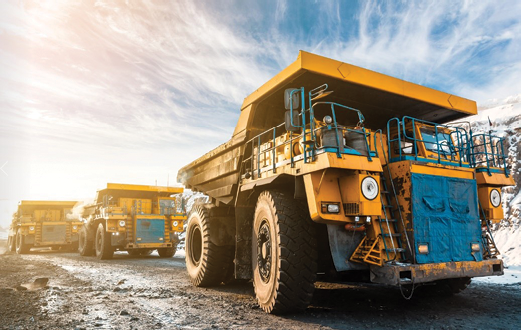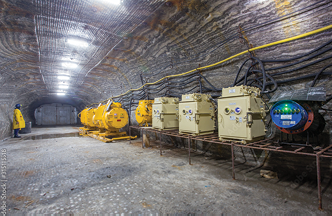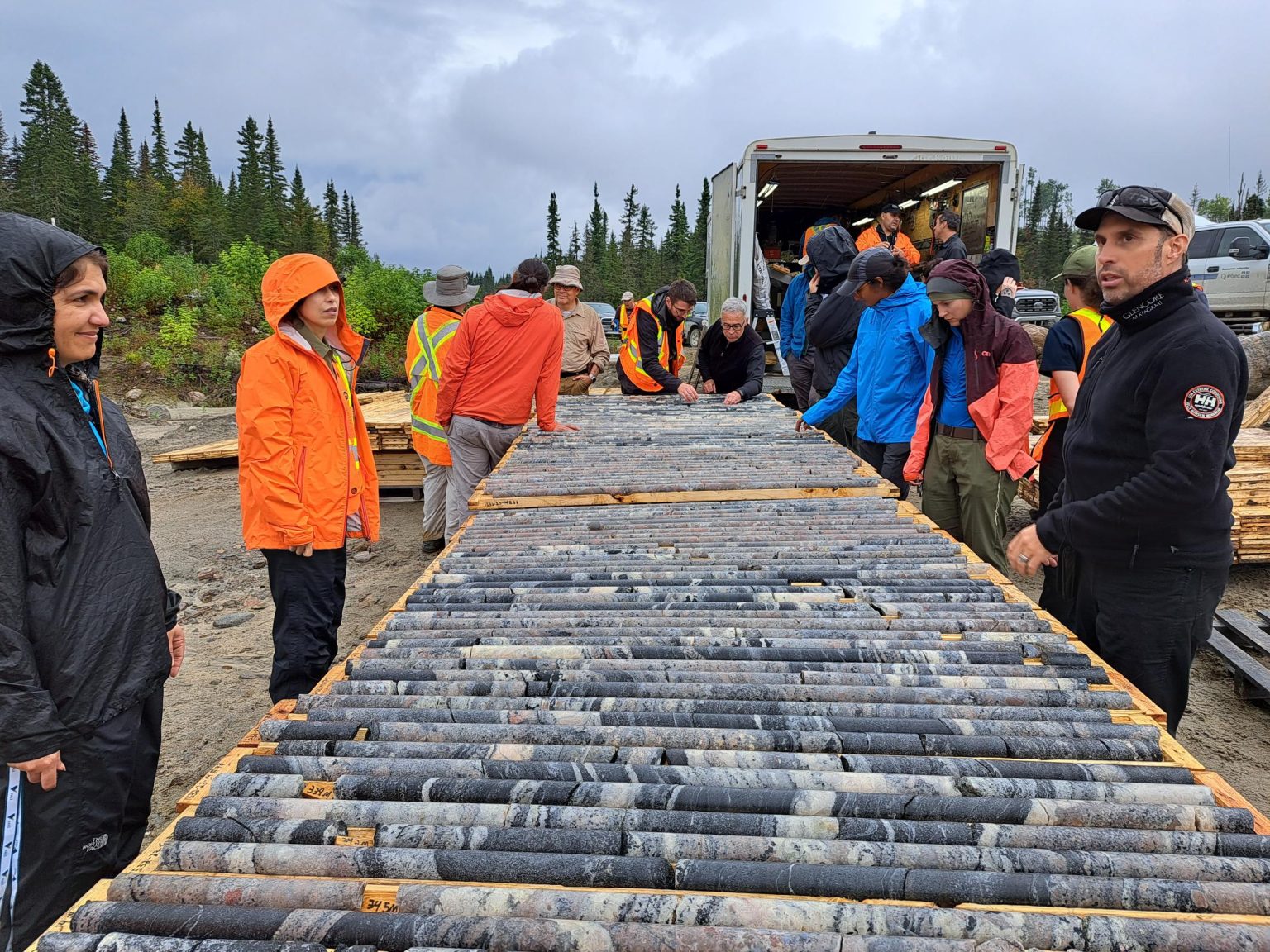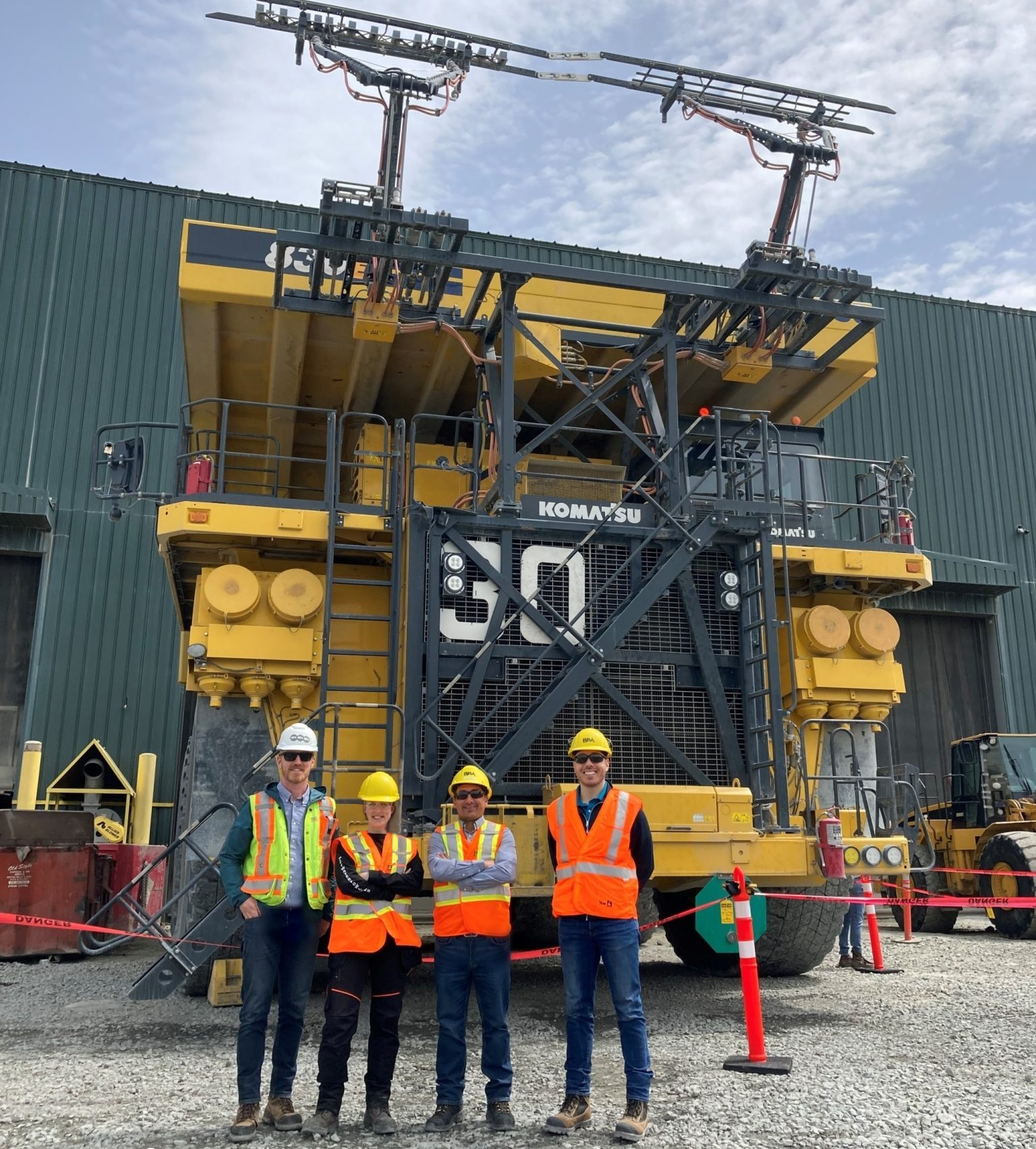Why mine operators should conduct energy audits

As we continue to navigate the energy transition, industries around the world are working on ways to decarbonize operations. The same is true with the mining industry, and many mines are aiming to reduce their carbon footprint in the years ahead.
This will be critical to the future of the mining industry. And to be clear, we must mine. Not only for materials we use today, but also materials we will need for our future as we navigate the energy transition. Batteries require materials like lithium and cobalt, solar panels require copper and zinc, and wind turbines are produced from nickel, chromium, and more. All these minerals and metals are still in the ground – and we need them.
A net-zero future needs mining. So, how can mine operators reduce their carbon emissions and improve their social license to operate? The first step: an energy audit.
An energy audit can help achieve net-zero
The mining, minerals, and metals industry can utilize energy auditors to improve energy efficiency and streamline operations. An energy audit reviews the amount of energy used by a mine site to understand energy flows and reduce inefficiencies.
It is important to remember that energy includes both electricity and fuel. Energy efficiency in both areas can also lead to a large reduction of greenhouse gases (GHG). This goal for mining is real. All major mining companies who belong to the International Council on Mining and Metals are committed to achieving net-zero carbon by 2050 or sooner. Most of them also have progress goals, such as 30% by 2030.
With current technology, we can know how much energy is being used in various mining and processing functions. Understanding mine energy flows should kickstart efficiency discussions to reduce energy usage, GHG emissions, and overall cost. The energy audit is the catalyst to start these discussions. The resulting energy reductions will reduce our industry’s GHG emissions.
Benefits of an energy audit
Reducing energy use and/or the cost of operating the mine is typically the key objective of an energy audit. It is important, however, to fully understand the goals of the organization and its stakeholders beyond general objectives. Mine managers and owners should determine their own “why” for conducting the audit because that will shape the scope of the work. For example, a mine owner considering major expenses for energy-saving measures will need a higher confidence level than one who is only focused on reducing costs.
Other potential benefits of an energy audit may include building a world-class mining operation; improving processes, systems, and behaviors; instilling efficient and effective mining practices; identifying ways to digitize, improve safety, and reduce GHG emissions; gaining a competitive advantage; and creating a culture that builds awareness around ways to improve.
How does an energy audit work?
The idea of an energy audit is nothing new. We have seen it on a small scale in our own homes, and even in commercial buildings. But mining operations have far more variables, including the mine’s commodity, size or depth, location, age, and methods. An additional variable that can also make comparisons difficult in mining is mineral deposit quality. Lower grades with more waste rock will take more energy to mine and process. And do not forget about the trucks – a mining haul truck can burn as much as 300 litres of fuel per hour!

Given the complexity of most operations, a mine energy audit team should understand the inner workings of mining and processing operations. The team should also have knowledge about the broad spectrum of equipment in use as well as alternatives to them. A strong energy audit team includes specialists in mining, processing, electrical engineering, fleets, and sustainability. Why? Because having this depth of experience on the team creates a greater understanding of the mine complex, which leads to better outcomes. This helps to create a thorough analysis of the energy-using systems. An energy audit includes these steps:
1 Collect and analyze historical energy use to create an energy balance.
2 Study the mine site and its operations. This includes identifying the largest energy-consuming processes and equipment.
3 Identify and examine potential energy conservation measures (ECMs) that might reduce energy use and/or cost.
4 Perform engineering and economic analyses of potential ECMs.
5 Compute carbon emissions to profile a baseline carbon footprint and future impact from the ECMs.
6 Prepare a prioritized list of suitable ECMs.
7 Prepare a report of the analysis process and results.
The energy balance estimates major energy users, then balances them against utility and fuel bills. It should include all energy sources such as electricity, diesel, natural gas, and renewables. Site visits and interviews build on this analysis. Auditors gather more detailed information about large energy uses, discrepancies, suggestions for improvement, and more.
Based on this work, energy auditors then prepare a report outlining the ECMs they identified. This report presents the estimated costs and benefits of the ECM projects. Results should provide information that managers need to decide if the site should apply the ECMs.
Understanding a mine’s energy should kickstart efficiency discussions to reduce energy usage, greenhouse gas emissions, and overall cost.
Ongoing challenges
As with any tool, limits exist. Audits typically do not capture the energy impact from the dynamic nature of a mine site. For example, auditors generally cannot account for changing ore quality, modified production schedules, or staff turnover. These changing conditions could mean new opportunities to improve energy efficiency. Or they may offset previous gains. Therefore, energy audits should be conducted regularly or when major workflows change.
A great start to energy efficiency and reducing emissions
Mining companies with ambitious net-zero goals need urgency to make changes now. An energy audit is a good place to start. Why? Because they can identify “low-hanging fruit” that has a low-cost relative to its potential savings. A proactive mine operator who implements ECMs from the audit is setting the mine up for success. The mine can both improve its bottom line and reduce its carbon footprint.
As mines look 10 or 20 years into the future to achieve their net-zero commitments, they must act now on financially viable ECMs. Management needs a sense of urgency – and this urgency is increasingly important. Pressure from consumers and governments is rising as they reward or punish mining operations based on carbon emissions.
When mine owners can improve energy efficiency with quick paybacks and without disrupting production, both the mine and our environment win.
Debra Johnson is a senior strategist at Stantec. She works with mining companies to achieve and exceed their ESG, carbon neutrality, and net-zero goals.





Comments